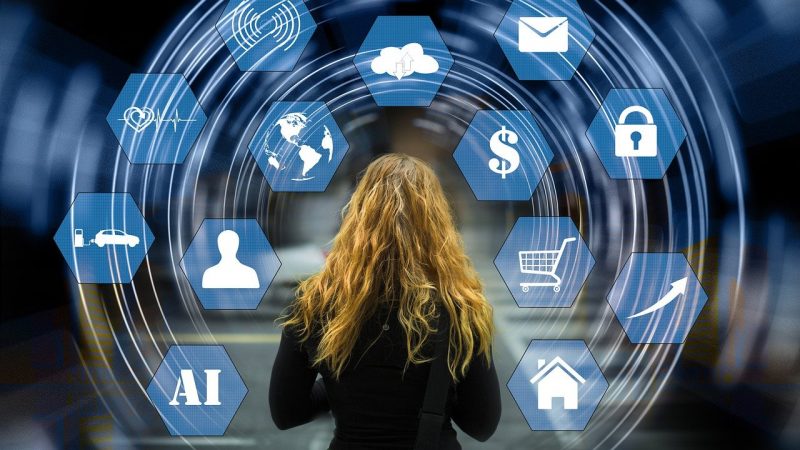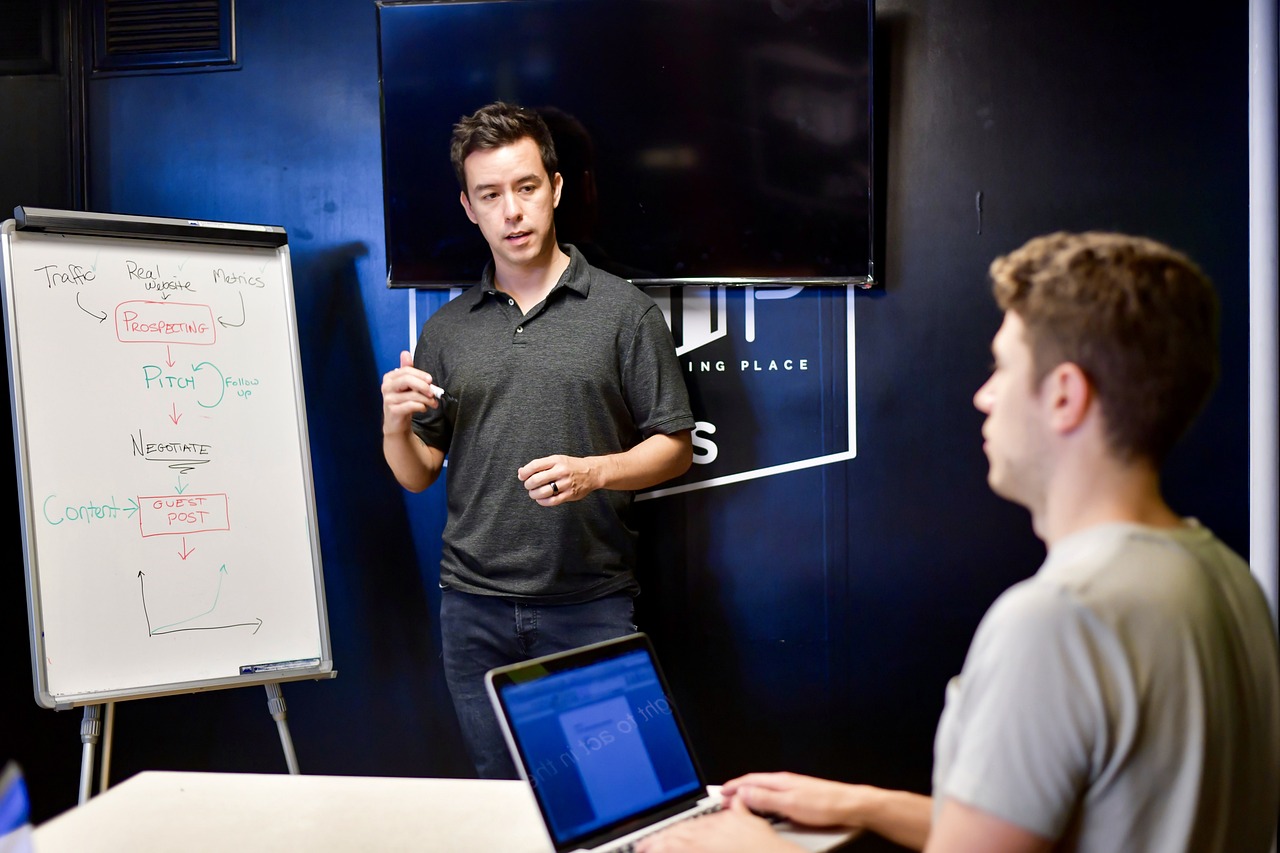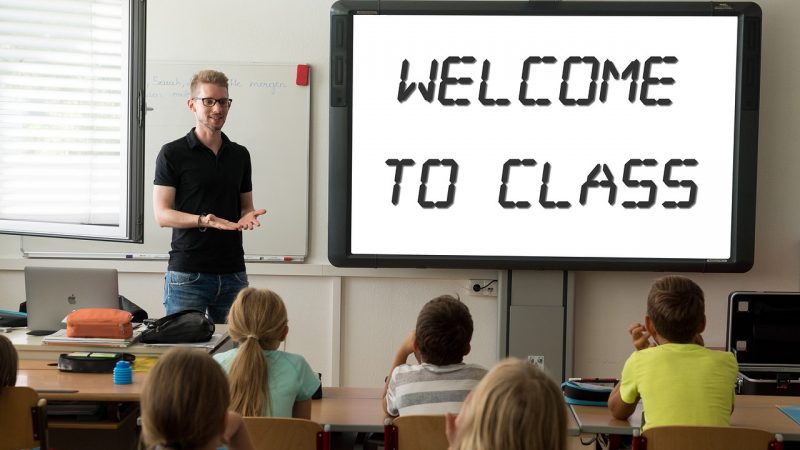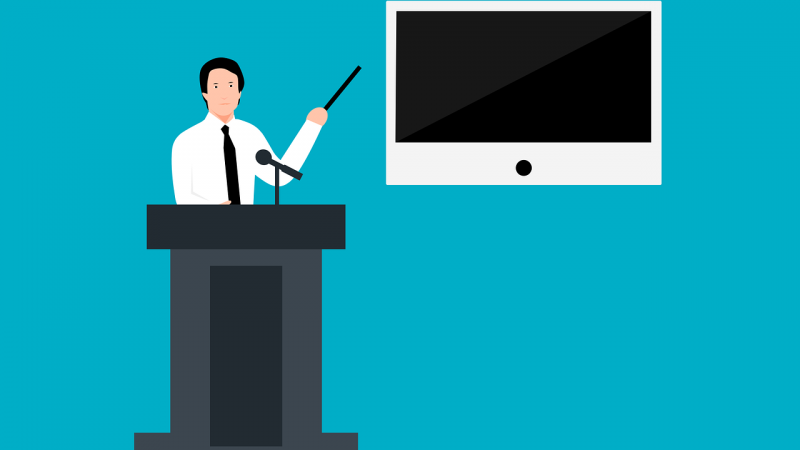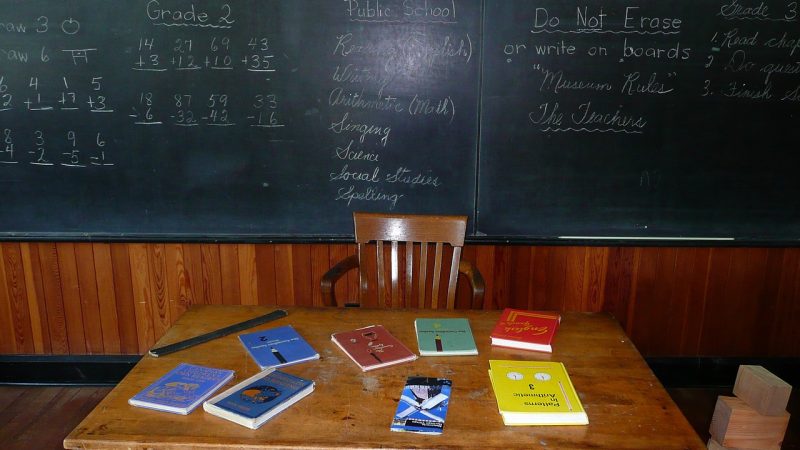A proctor exam is an exam taken by a student that is monitored by an approved proctor. This method of examination ensures academic integrity for online courses, distance education programs, professional certification examinations and high-stakes admission tests. Here is a detailed look at what proctor exams entail:
Definition of Proctor Exams
– A proctored exam is one that is overseen by an impartial proctor who monitors the test-taking process in real-time to prevent cheating or inappropriate aid.
– The role of the proctor is to uphold integrity by ensuring the student completes the exam independently without resources or assistance from others.
– Proctoring verifies the identity of the test-taker and regulates the environment to prevent disruptions or distractions during the exam.
– Proctored exams may be required by academic institutions, certification bodies or employers as part of their assessment process.
Why Proctor Exams Matter
– Proctored exams protect academic integrity and ensure students can’t cheat, use unauthorized aids or get outside assistance. This makes results valid indicators of real abilities.
– Proctoring provides assurance to institutions that students have fulfilled requirements honestly according to standards. This maintains credibility of qualifications.
– For certifications and admissions testing, proctoring helps ensure exams are fair and valid indicators of candidate skills or knowledge being measured.
– Proctored assessments give employers confidence in skills and qualifications attained through online or remote learning pathways.
– Proctored testing allows exams to be administered securely when taken remotely by candidates located anywhere in the world.
Types of Proctored Exams
There are three main methods of proctoring exams:
1. Live Online Proctoring: Exams proctored in real-time by a remote proctor via webcam and screensharing software. This is the most common method.
2. In-Person Proctoring: Taking an exam at a supervised physical test center with a human proctor present. Centers include schools, libraries, colleges or office spaces.
3. Automated Proctoring: Uses AI and machine learning to monitor exams remotely by analyzing video/audio feeds of the student for any suspicious behaviors indicating cheating.
Choosing a Proctor
Students don’t select their proctor for an exam. The exam sponsor (institution, certification body etc.) will specify authorized proctors and arrange proctor assignment. Common types of proctors include:
– Faculty and teachers from the student’s educational institution.
– Designated staff members at approved test centers and locations.
– Tutors, librarians, school counselors who are not related to the student.
– Independent proctors from reputable proctoring companies that offer remote proctoring services.
The Proctor’s Role and Responsibilities
The proctor performs several functions to uphold integrity before, during and after an exam:
Before Exam
– Verifies the test-taker’s identity with photo ID to prevent proxy test-taking.
– Reviews permitted resources – calculators, notes etc. – allowed during the exam. Confirms no unauthorized materials are present.
– Checks the testing environment and computer to block access to prohibited websites and applications.
During Exam
– Monitors the student continuously via web camera and screen sharing to prevent cheating.
– Ensures the student does not leave his/her seat or view any prohibited resources.
– Investigates and documents any suspicious behaviors or noises indicating violations.
After Exam
– Submits a report describing any anomalies, aberrant behaviors or suspected infractions that occurred during the test session.
– May require test-takers confirm compliance with rules after exam by signing affidavits asserting academic honesty.
Best Practices for Students
Students should adhere to the following best practices when taking proctored exams:
– Verify technical requirements in advance and conduct system tests.
– Ensure a quiet, disruption-free environment with proper lighting for proctor visibility.
– Remove all unauthorized materials from surroundings before starting the exam.
– Present valid photo ID when required and have a reflective surface behind to show monitors.
– Avoid prohibited behaviors like talking aloud, excessive fidgeting, eyes wandering off-screen.
– Do not leave the webcam view at any point without proctor approval.
– Upon finishing, follow all proctor instructions carefully and sign affidavits if needed.
Proctoring Technology and Security Measures
Sophisticated technologies are leveraged to enable secure proctoring and prevent cheating:
– Webcams with audio allow proctors to view students’ faces, hands and workspace in real-time.
– Screensharing gives proctors full access to view candidates’ computer screens, programs and browser tabs.
– Recording software captures exam sessions via webcam, audio and screen captures for later review if needed.
– AI algorithms analyze video feeds to detect suspicious behaviors and flag anomalies to proctors.
– Remote commandeering allows proctors to control candidates’ computers to close prohibited programs.
– Browser locking restricts unauthorized website access by locking down browsers.
Proctoring regulations uphold integrity in remote assessments and certifications that have high stakes for students’ futures. By understanding processes and expectations, students can complete proctored exams smoothly and avoid issues or disqualification. Although invasive, proctoring aims to uphold fairness and high standards for academia and industries relying on qualified candidates.



